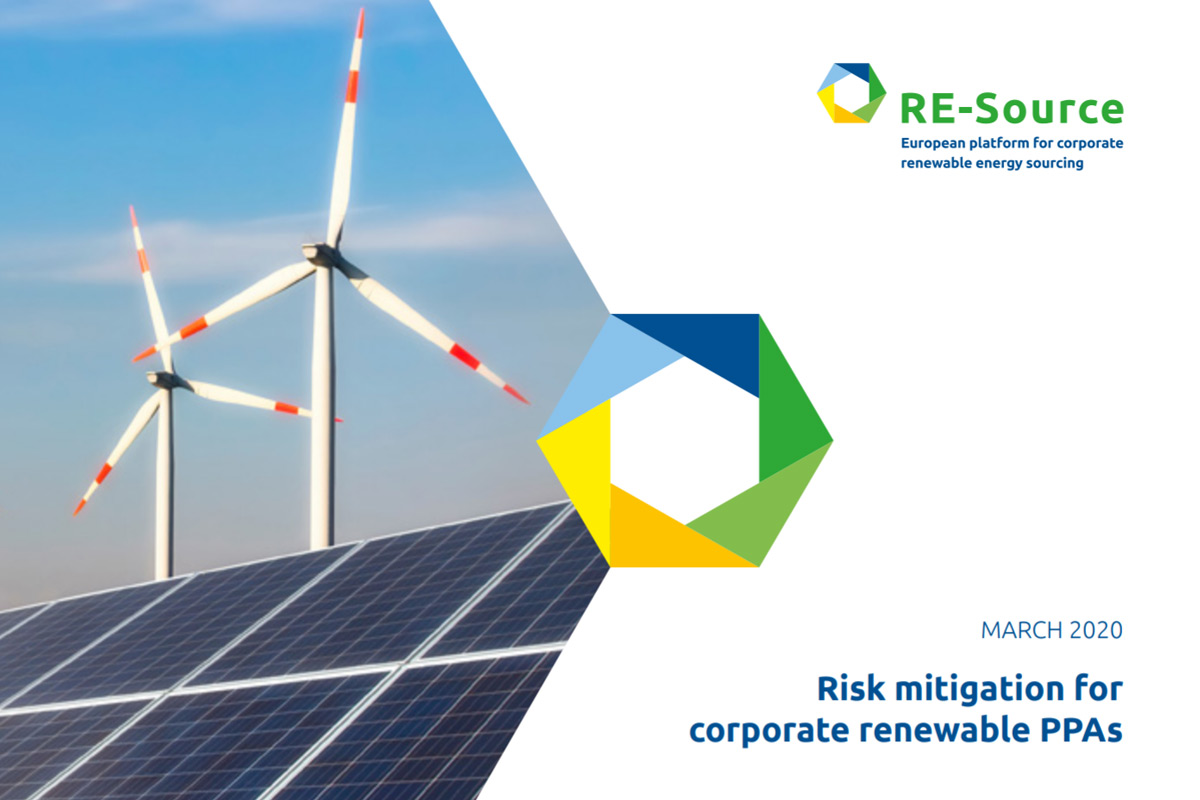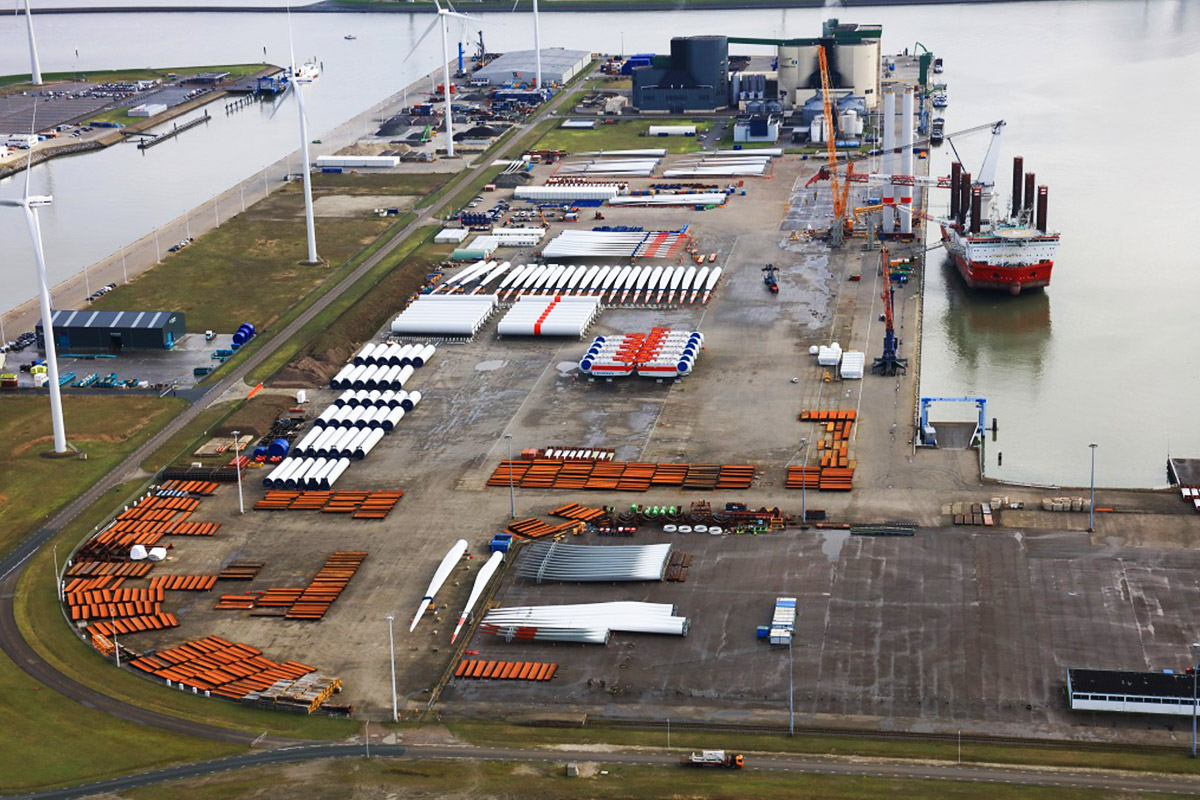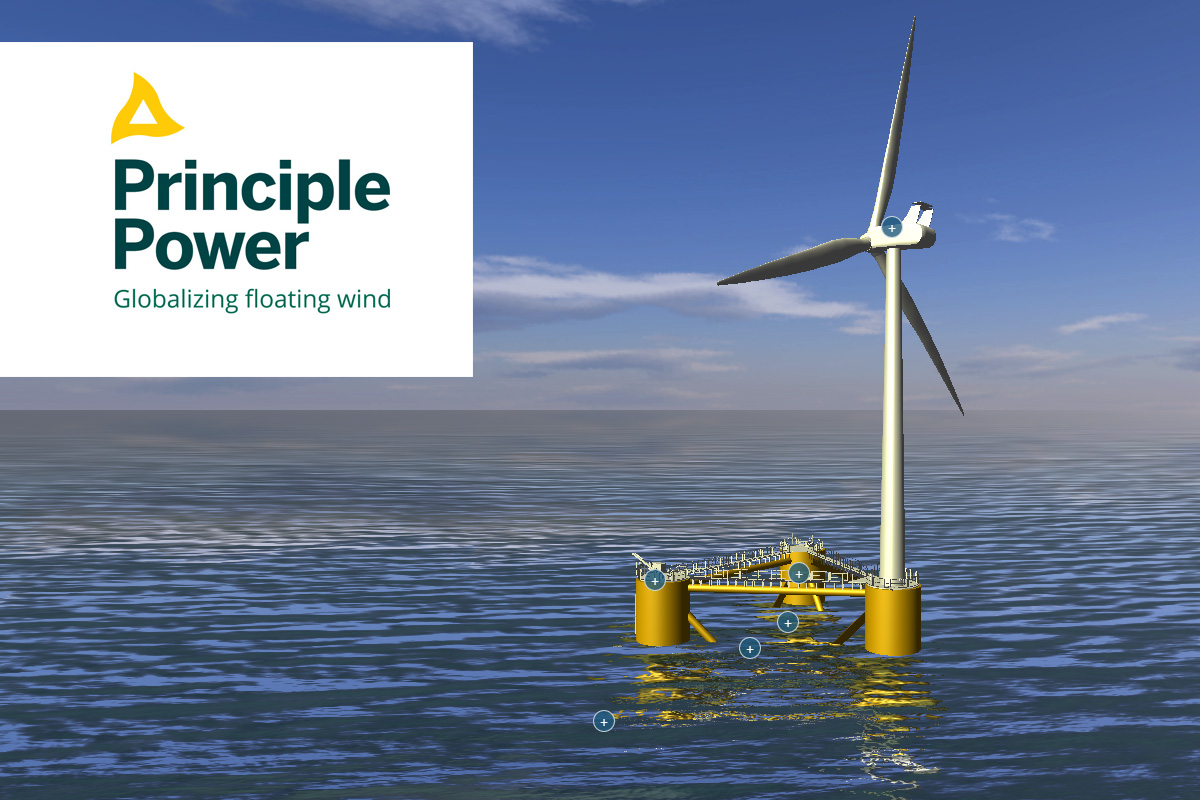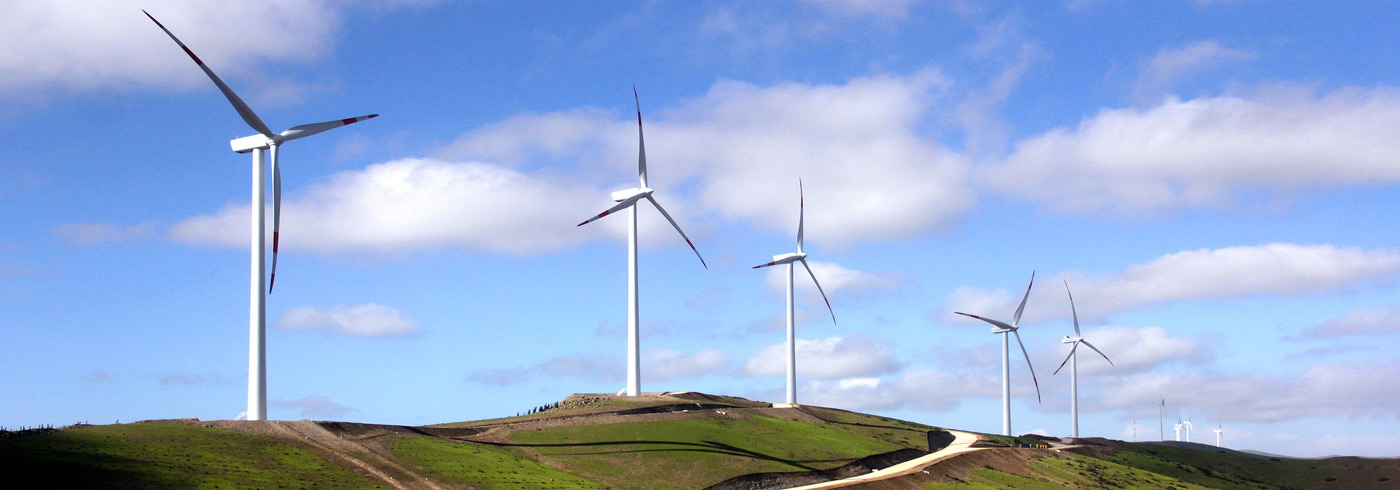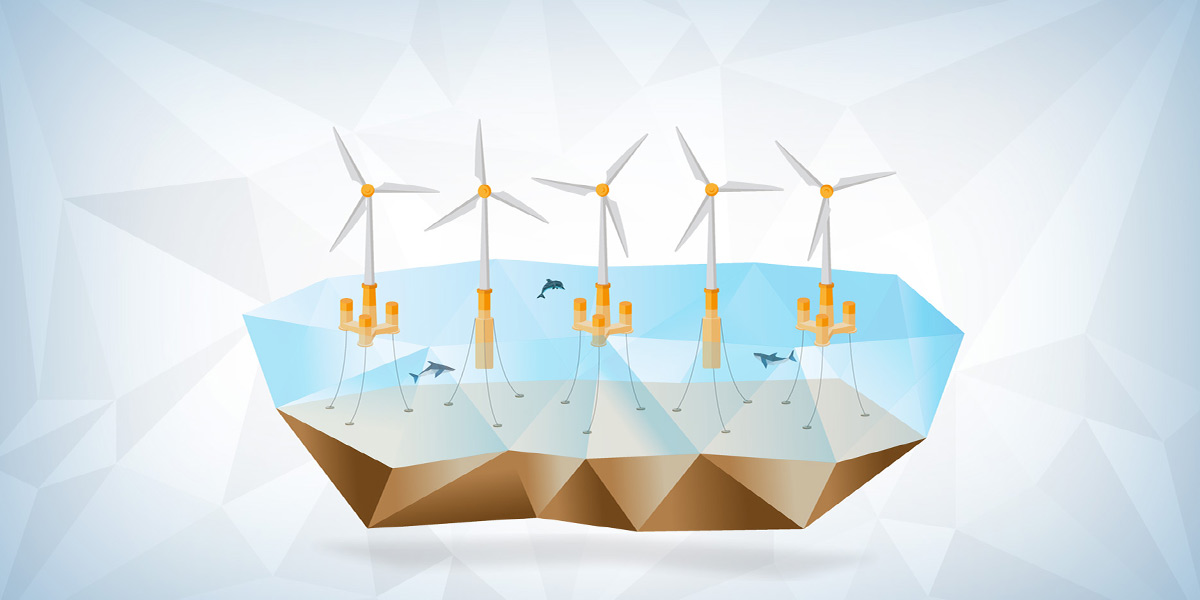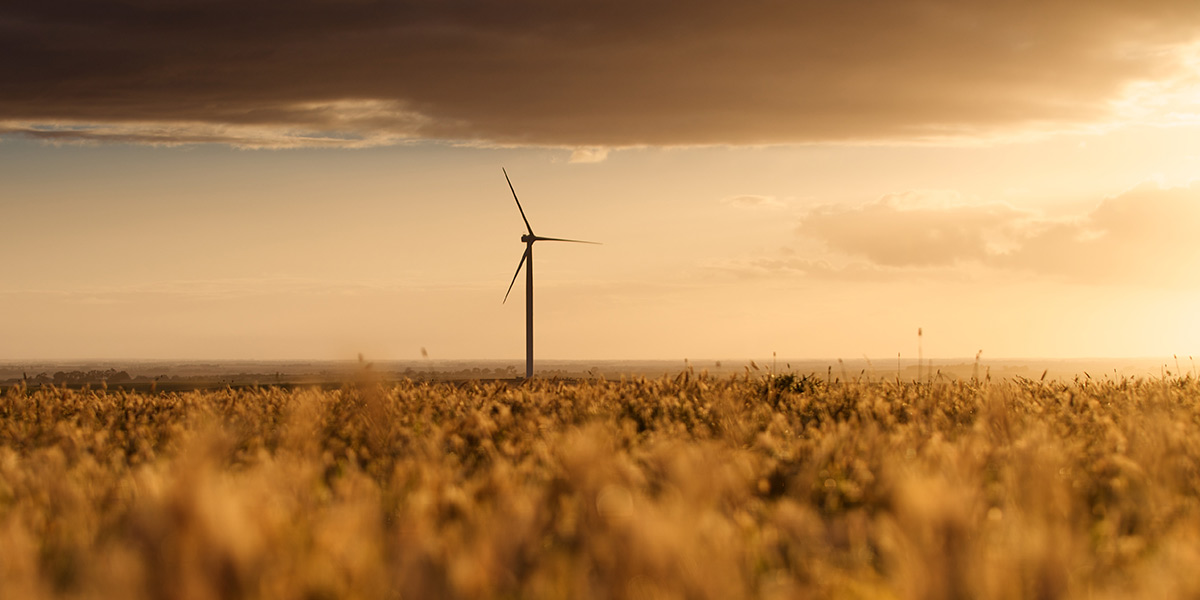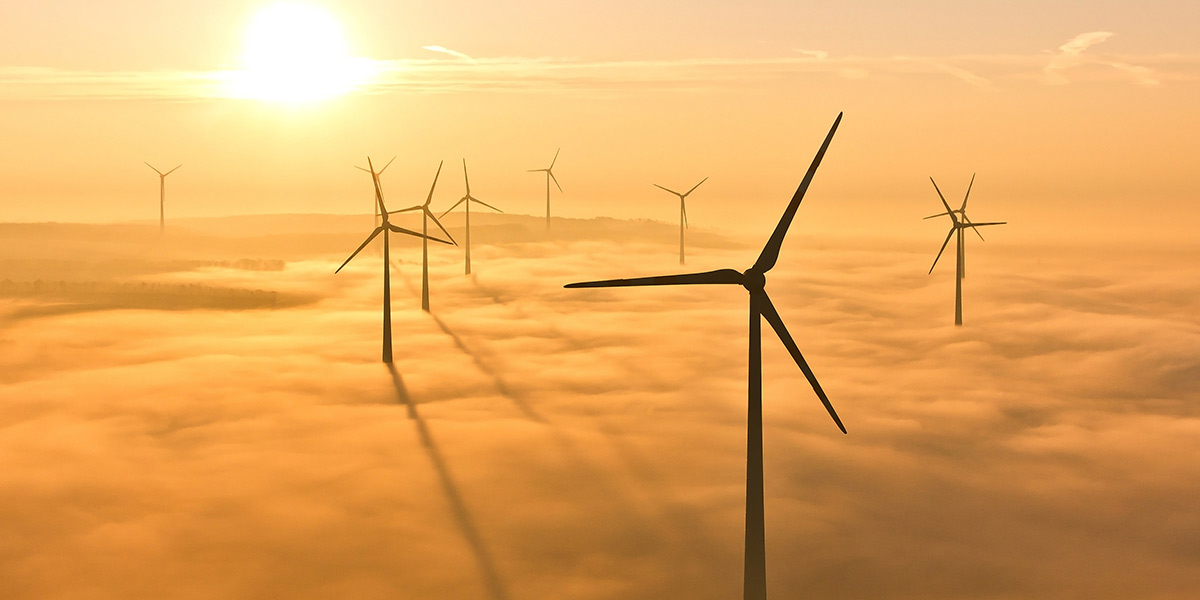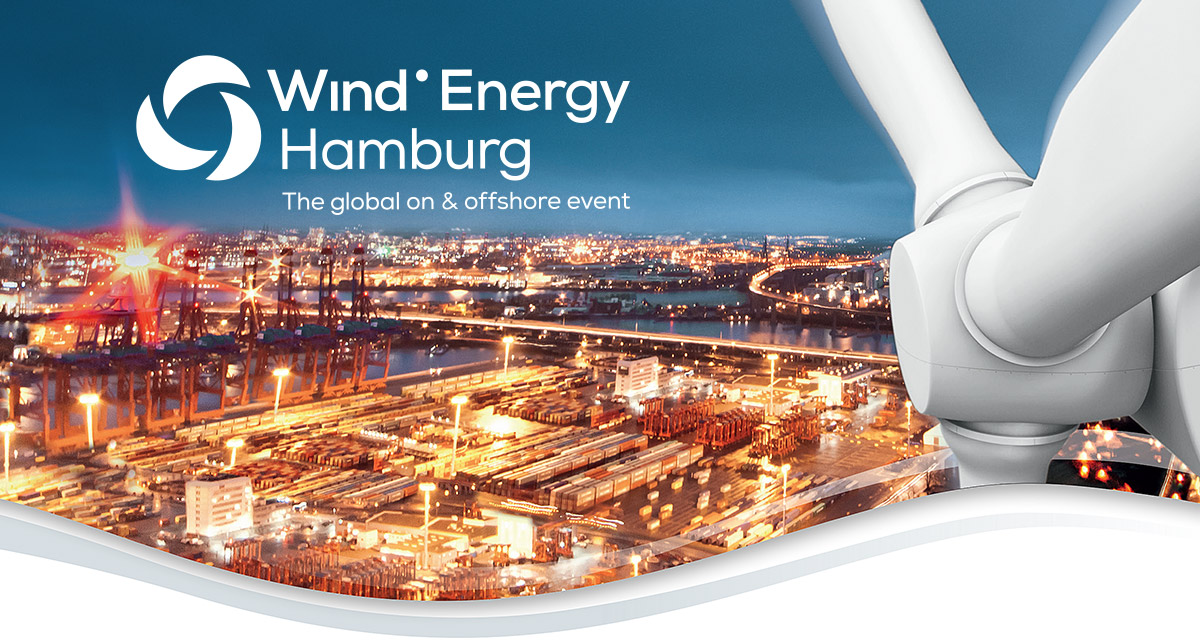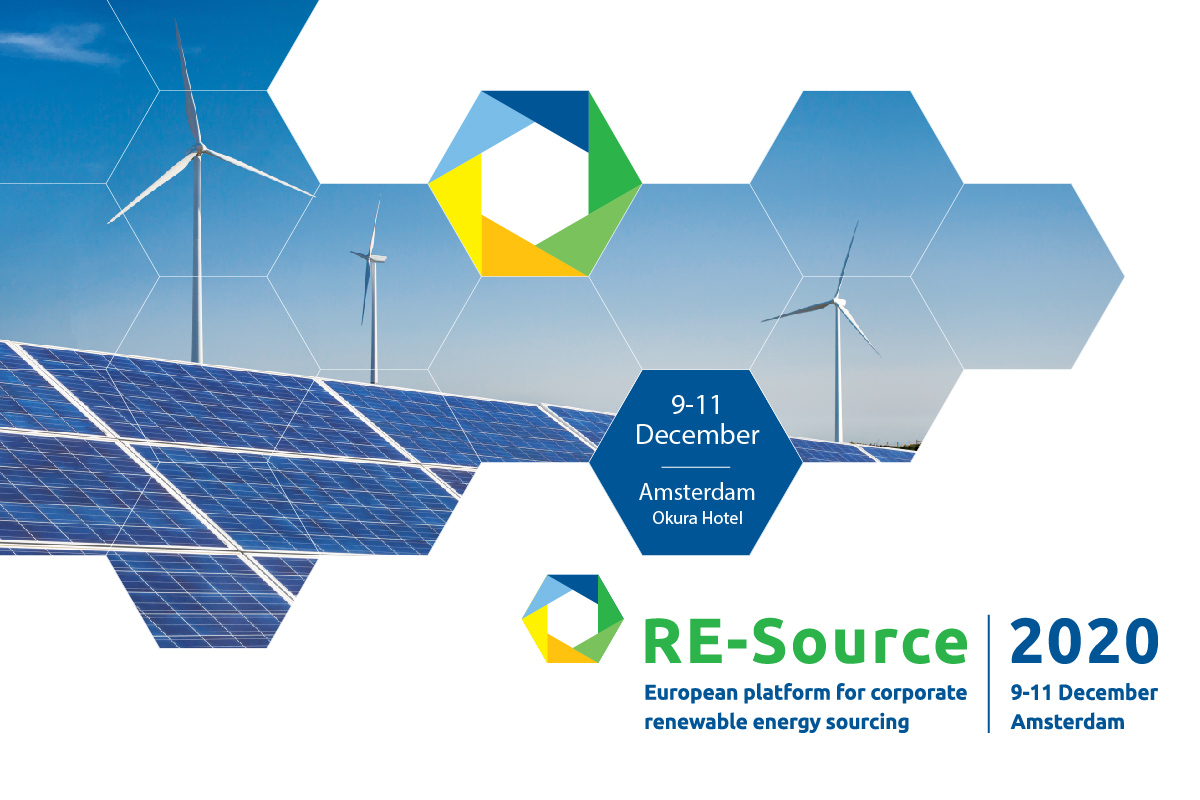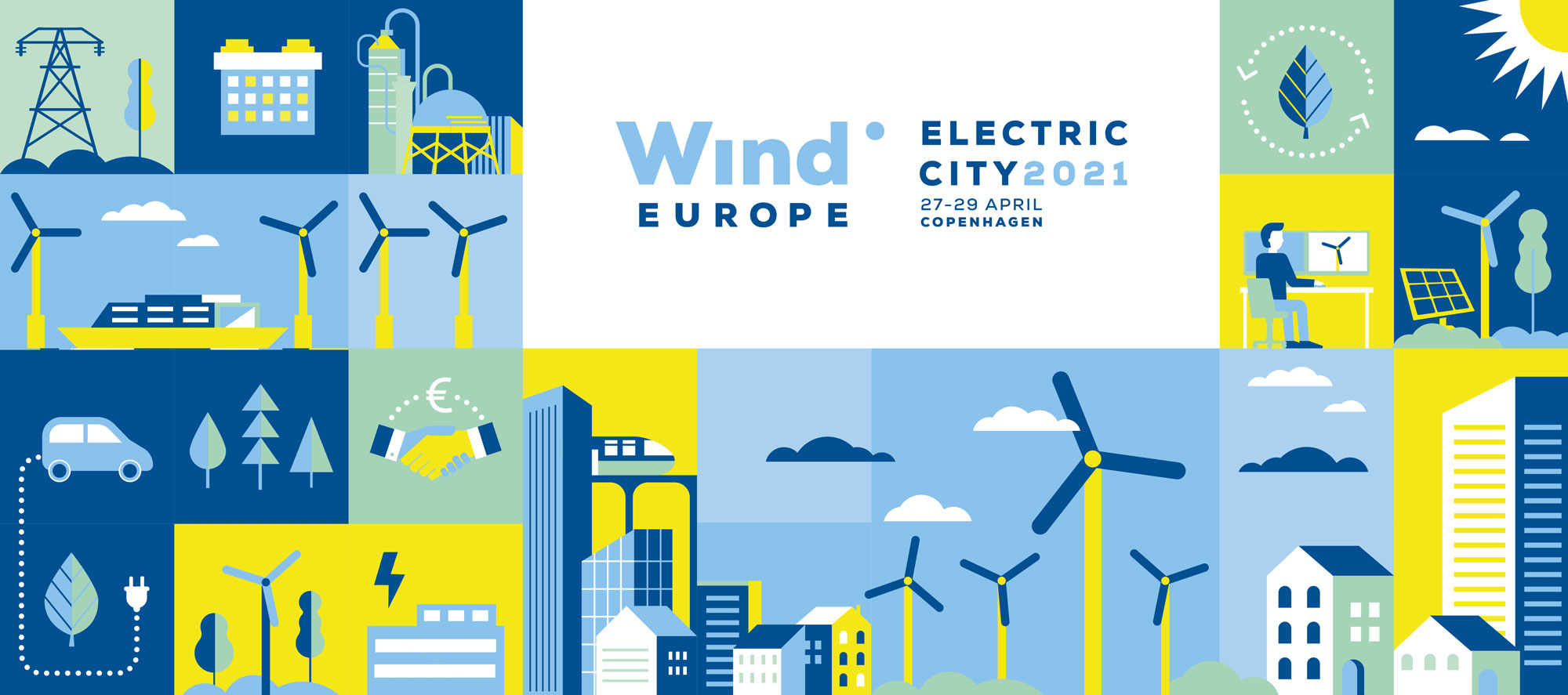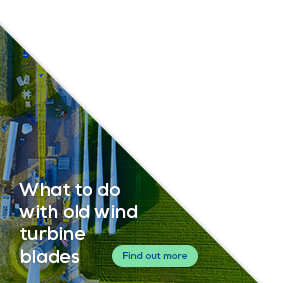WindEurope Bulletin
WindEurope Bulletin April 2020
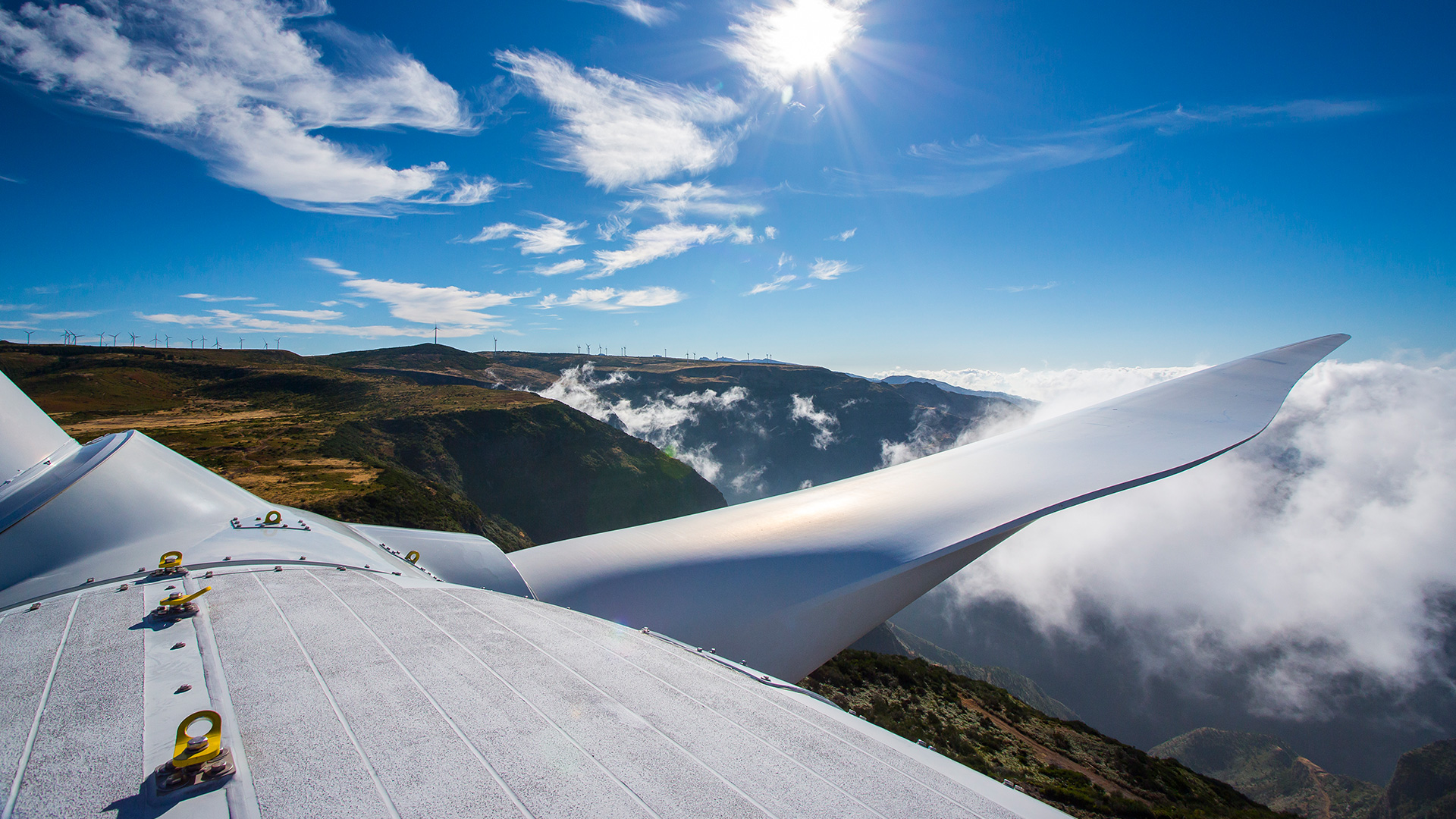
1 April 2020
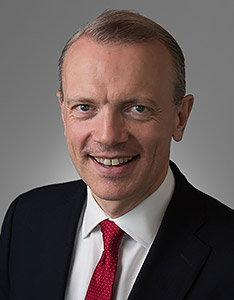 Giles Dickson
Giles DicksonCEO Foreword
Dear WindEurope Member,
This has been a month like no other. Let’s take stock of where we are and look at where we may be going.
As you know, we have launched a COVID-19 Information Hub to update you on ongoing developments that affect our industry. It’s a one-stop shop where you will find constantly updated information on everything about wind energy and COVID-19: impacts on the supply chain and on energy policy and regulation; measures governments are taking on the free movement of people and goods; and the economic relief they’re offering and stimulus packages they’re preparing. The Information Hub is, of course, evolving with the situation on the ground. So please share any information you feel we should be including in it.
Most of Europe’s wind turbine and component factories continue to operate. Some factories have temporarily paused activity to address government Health and Safety recommendations. The pressures on the supply chain are significant, and we are urging the EU and, through the National Wind Associations, national Governments to take all possible measures to support the continued operation of our plants. And, of course, the continued operation of our construction sites. And, perhaps most crucially of all, the operation and maintenance of Europe’s existing wind farms. In Spain and Italy most factories are now closed. The latest Spanish decree defining essential activities has an exemption allowing companies to continue with limited manufacturing of essential new equipment. In practice this means manufacturers are drastically limiting the number of people in the factories and applying enhanced Health and Safety protocols. But it is critical that this minimum level of activity is allowed to continue. Fully stopping would mean our global wind supply chain is paralysed and post COVID-19 recovery is all the more challenging.
However, many of you will have seen that politicians in some countries are saying we can’t afford the energy transition now. They think that the EU should put its “Green Deal” on hold. Certainly, all Governments are distracted to some extent – that’s understandable. But those that had ambitious plans for renewables want to stick to them. The impact of COVID-19 means a slowdown in certain EU processes: the Parliament is working remotely, and the Council is having no in-person meetings. But the EU has made it absolutely clear that the Green Deal not only has to continue, but that the jobs and growth it offers make it the best source of economic recovery out of the crisis.
We will continue to step up our lobbying on this last point. And ensure that the recovery packages that all governments are putting together have clean energy investments at their heart. The EU is preparing its own Recovery Plan, and we are feeding in ideas. And by relaxing state aid and debt/deficit rules, they are giving national Governments fiscal headroom to support industry and run their own ambitious recovery plans.
I told you last week that we intended to use the current period to strengthen the profile of wind and to increase understanding among our stakeholders of what wind offers. In particular, now is the time to address the challenges we face to deliver the huge expansion of wind energy envisaged in Europe. Our “Sofa Talks” webinars are proving a success, with EU policy-makers and other key people tuning in.
On the events side, our Tech Workshop on Resource Assessment & Analysis of Operating Wind Farms has been moved fully online and will take place on the 9-10 June. Full details about that further below, in the Events section of the Bulletin. As of the time of writing, all our other events remain scheduled to go ahead as planned. You can find out more about them below.
Finally, I wish to thank you all again for the input you are giving us on so many different fronts – whether related to the current situation or to the planned and ongoing work of WindEurope. I am pleased to say that our work at WindEurope continues smoothly, thanks to your continued input and support. Do keep letting us know if there are any issues we can help you with. Our staff remain at your full disposal – do not hesitate to contact us if there is anything we can help you with.
Take care.

Giles Dickson
WindEurope Working From Home
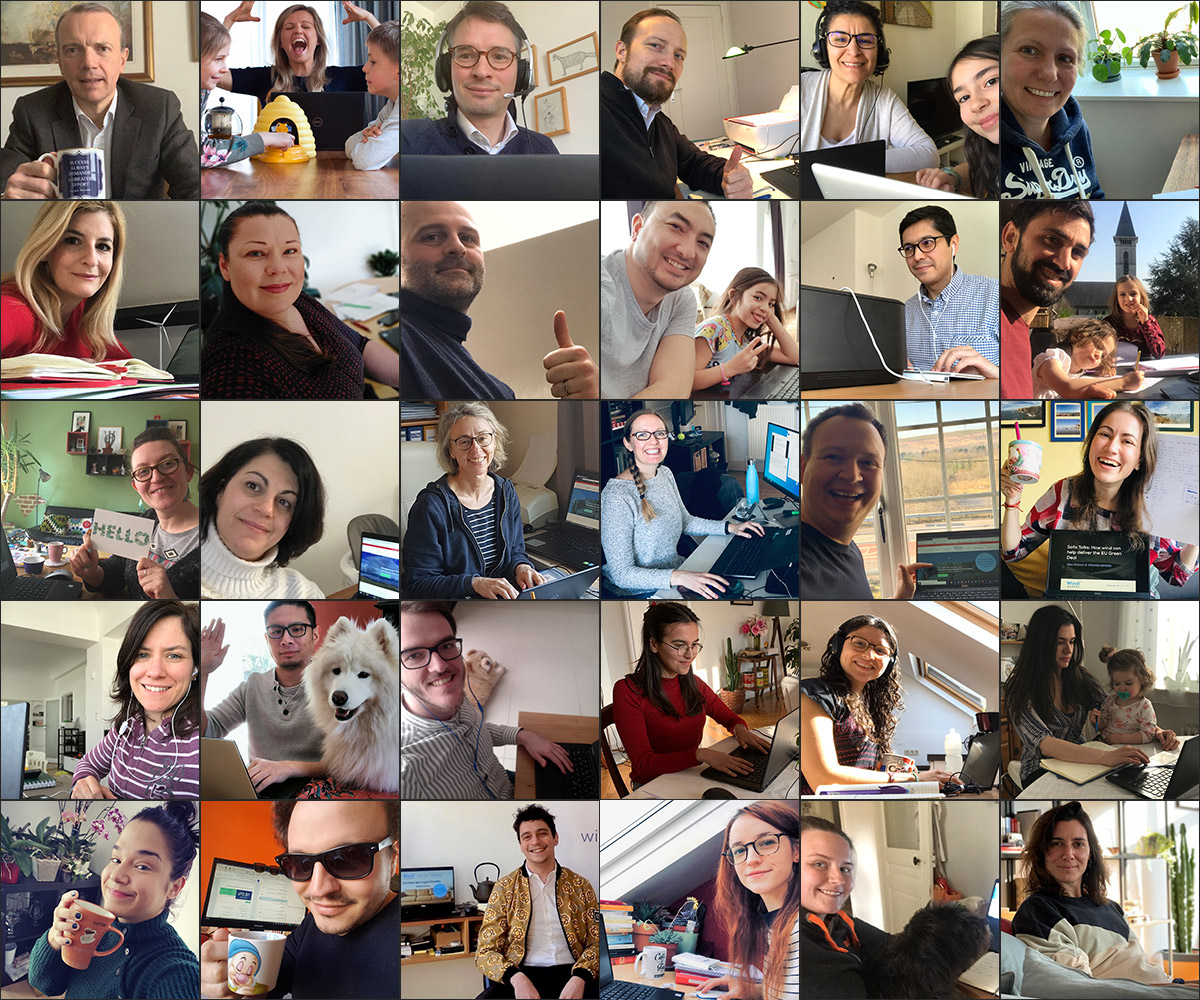
At WindEurope, our work continues as normal. In addition to all our usual services, we are more than happy to receive queries and requests prompted by the COVID-19 crisis and related topics for our industry.
Don’t forget to join our Sofa Talks webinar series, where you can directly ask us questions on various topics on wind energy. And be sure to check out our Information Hub, giving you daily updates on the impacts of the COVID-19 crisis on our industry.
Policy News
European institutions: the energy transition will be key to reviving the EU economy after COVID-19
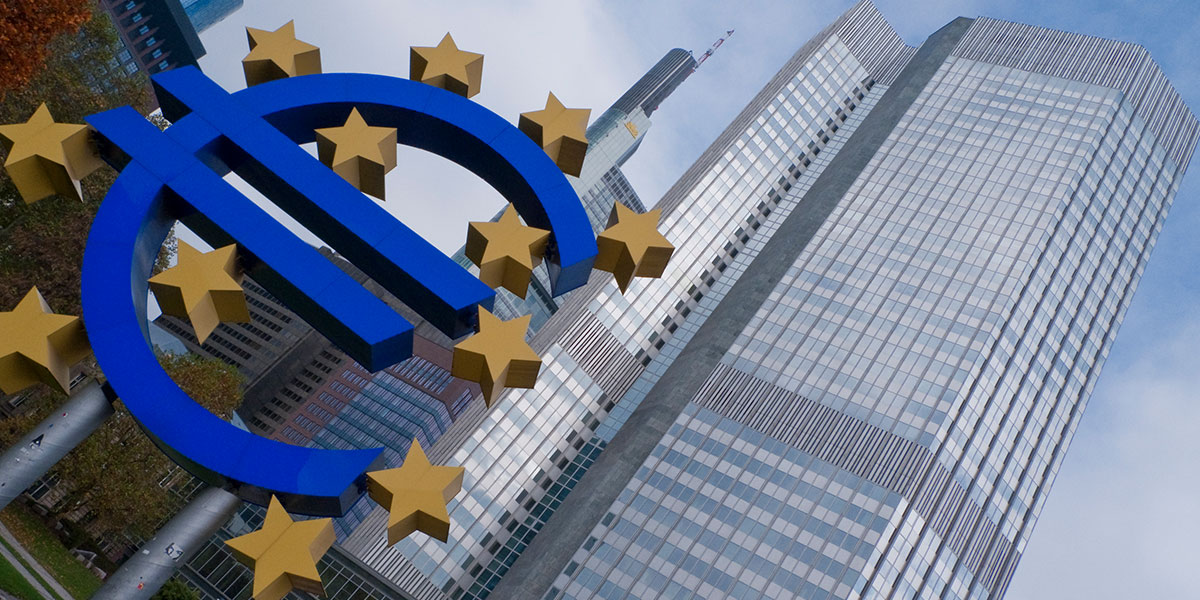
The European institutions have moved quickly to shore up the economy in response to the ongoing crisis. The Maastricht Criteria on national debt and deficit levels have been suspended and EU state aid rules relaxed, enabling Member States to offer unprecedented financial support to businesses and employees. The European Central Bank (ECB) is pumping €750 billion into the financial markets and has already provided capital relief to banks worth an additional €120 billion.
In less than two weeks the group of Eurozone finance ministers (the Eurogroup) will come forward with proposals to limit the socio-economic cost of COVID-19. This could take the form of ‘Coronabonds’ to pool debt incurred as a result of the current crisis or – more likely – credit lines under the European Stability Mechanism.
Meanwhile, on 26 March EU heads of state and government were in agreement on the central role of the green transition to the revival of the Union economy. They invited the European Commission, the European Council President, and the ECB to urgently formulate a Roadmap and Action Plan entailing “a coordinated exit strategy, a comprehensive recovery plan and unprecedented investment” to put the EU on a post-crisis path to sustainable growth.
The European Green Deal is here to stay
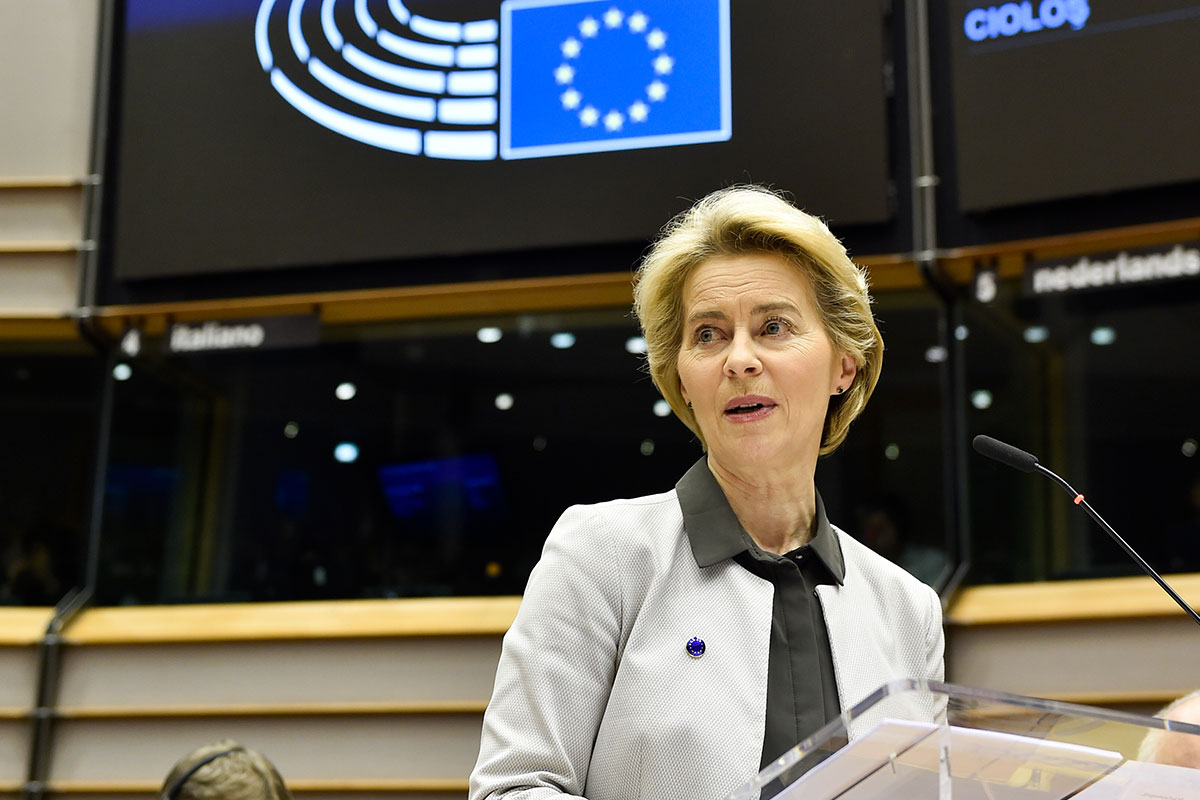
The beginning of March marked 100 days in office for the new European Commission. And with it the first glimpses of what policy direction the Commission will take to fulfil the European Green Deal.
First the Commission proposed the European Climate Law. This enshrines in European legislation the goal of Europe becoming the first climate-neutral continent by 2050. And means in practice that Europe will need to boost its greenhouse gas emission reduction target for 2030 to 50-55%, up from 40% currently. The Commission will present a detailed impact assessment on the two target levels, and their implications for other sectorial targets like renewables and energy efficiency, in autumn 2020.
Second was the publication of the European Industrial Strategy aimed at boosting the competitiveness of the European industry through the “twin” green and digital transitions. Crucially for the wind industry, the document says Europe needs a more strategic approach to renewable energy industries in the context of the increased amount of electricity required for the twin transitions. The Strategy also announced the establishment of a new Industrial Forum bringing together stakeholders, Member States and EU Institutions to work out industrial ecosystems that will need policy support.
And then the COVID-19 crisis hit the world of European policy-making. A number of voices put into question the viability of the European Green Deal in the recovery period. But both the European Commission and the 27 EU Heads of State have clearly stated: EU leaders will offer “even greener solutions” to put Europe back on track after the crisis. In other words, the Green Deal goes forward with some very minor delays.
And indeed – the European Institutions’ services continue business-as-usual operations remotely to advance upcoming policy initiatives under the Green Deal. So far it is only the EU Biodiversity Strategy that is postponed for publication in late April. Public consultations have been launched for the 2030 greenhouse gas reduction target and also for a new carbon border adjustment mechanism. And the preparations for the Smart System Integration Strategy and the Offshore Wind Strategy set for publication in June and October 2020 respectively go according to plan.
All in all: the European Green Deal is here to stay.
Business Intelligence Spotlight
New RE-Source report: how corporates can minimise risks and maximise opportunities when entering renewable PPAs
There are many variables at work in PPAs, and it’s easy to get lost in all the information out there. The new report from the RE-Source Platform, Risk Mitigation for corporate renewable PPAs, is designed for maximum clarity: one by one, the report breaks down the various risks for corporates entering PPAs – and outlines the best ways to mitigate them.
We sat down with analyst Guy Brindley for a Q&A on the key take-aways you need to know from the report.
Q1. Your new report is designed to tell corporates all they need to know to mitigate risks when entering renewable Power Purchase Agreements. Why exactly is it important now that corporates, in particular, understand this information?
Well, we aim to provide corporates new to corporate sourcing some background on the risks which they need to understand when considering entering a long-term Power Purchase Agreement. There is a lot to learn but we hope this helps to set them on their way.
Corporate renewable PPAs are taking off in Europe; climate change is being taken seriously, not just by governments around the world but by the everyday consumer. This is driving demand for greener products. Corporates that show they take climate change, the environment and sustainability seriously will gain an advantage with these consumers. And that’s not even considering that most corporates are actually entering these deals because it is possible to reduce electricity costs and variability. So the reasons for the increased take up of renewable PPAs by corporates are clear.
But whereas utilities (who have traditionally entered these kinds of deals) have the expertise and experience to manage the risks, corporates need to understand risks which usually have nothing to do with their usual business.
Q2. The report outlines that the risks associated with a renewable electricity supply are significantly different to the risks involved with a conventional electricity supply. Why is this?
Yes indeed, conventional power plants produce a stable output which generally matches demand fairly closely and with a cost that is highly dependent on the cost of fuel they use. Renewable power plants have zero cost for fuel (which is obviously great!) but only produce when that resource is available, i.e. when the sun shines or the wind blows. This means that the production is variable, and this creates different risks. But there are ways of mitigating these risks – and that is exactly what this report is about.
Q3. Can you give us some examples of the risks you discuss in the report?
Mitigating price risk with energy trading and volume risk with a Volume Firming Agreement are two examples that are in the report. But there is no one-size-fits-all model; corporates will need to assess which risks they can or should own and which they should transfer.
I’d also like to say that this report is not a ‘complete’ document. It’s an ongoing project which we’ll be adding to and developing with the help of our readers and those involved with the RE-Source Platform. In fact, we already have some additional risk mitigating products in the pipeline to add.
Q4. Looking forward, what can we expect from the RE-Source Platform?
Well corporate sourcing of renewable electricity is going to be an essential part of the transition to a low-carbon society. Hopefully the European Commission’s Green Deal is going to provide the framework for a boom in renewables. The RE-Source platform will continue to grow in scope and ambition to help corporates take advantage of and contribute to this growth. In fact, in parallel with our toolkit and advocacy work, our annual RE-Source event in Amsterdam has also been growing year by year and is a great meeting point for everyone involved in corporate renewable sourcing. It’s a great couple of days! I’m already really looking forward to this year’s gathering in Amsterdam on 9-11 December.
Members’ News
Eemshaven base port for world’s largest offshore wind farm
From May 2020, Buss Terminal will serve as the base port for the installation of foundation structures for the Hornsea Two offshore wind farm. Approximately 140,000m² of the 250,000m² heavy lift terminal will be used for this project.
Hornsea Two is owned by the Danish energy group Ørsted, and will consist of 165 Siemens Gamesa 8 MW turbines. With a total capacity of almost 1.4 GW, it will supply about 1.3 million households with green energy. The Hornsea Two wind farm will span an offshore area of 462km². When fully operational in 2022, it will be the largest offshore wind farm in the world.
“We are delighted to have won a project of this size in UK waters,” said Martin Schulz, Managing Director of the Buss Energy Group. “This underlines the combined strength of our project team in Hamburg and our terminal in Eemshaven.”
Since 2009 Eemshaven has played an important role in the assembly and shipping activities of wind turbines. It has already been involved in the construction of 16 wind farms and is home to the maintenance bases for 4 wind farms.
Principle Power chosen by new floating wind JV
Principle Power’s WindFloat technology – one of the most advanced floating technologies in the world – will be used in a new project in the Welsh waters of the Celtic Sea. The first development will be a 96 MW demonstration project at water depths of 70m.
This project opens a new chapter in the development of renewable energy in the UK. Developing the potential of the Celtic Sea will make a positive contribution to the UK’s target of reaching net-zero by 2050, whilst offering exciting new opportunities for industry in areas such as Wales and Cornwall. In a recent report, the Offshore Renewable Energy Catapult has advised that there could be as much as 50 GW of electricity capacity available in the Celtic Sea in Irish and UK waters. This is a significant amount of capacity given that the Committee on Climate Change suggests the UK will need at least 75 GW of operating offshore wind capacity to reach the net-zero greenhouse gas (GHG) emissions target by 2050.
It is estimated by the Catapult that the first GW in the Celtic Sea, could potentially deliver 3,000 jobs and £682m in supply chain opportunities for Wales and Cornwall over the next ten years.
Principle Power’s WindFloat technology is ideally suited to this. WindFloat is a floating foundation for offshore wind turbines, and relies on standard, proven, and minimally-invasive offshore mooring methodologies which mitigate environmental and ecological impact to the seabed. Notably, the WindFloat reduces environmental risk and cost because of its relatively simple assembly and installation requirements, where all heavy lifting operations happen in a protected environment on dry land (at the port) using onshore cranes and common maritime transportation methods, such as tugboats, instead of expensive offshore installation vessels.
Events
WindEurope Sofa Talks: Want to stay up to date with what’s happening in wind energy these days?
Europe is working from home! Make yourself a cup of coffee and join WindEurope experts as we bring you all the latest from the world of wind energy, directly from our sofas to your sofa!
WindEurope Sofa Talks is a new series of free interactive webinars dedicated to the most important issues facing wind energy today.
From recycling to finance, from the EU’s Climate Law to industrial strategy and more, our experts will set out the current state-of-play and answer your questions in real time.
This is your chance to get one-to-one insights from Europe’s leading wind energy experts.
Upcoming webinars include:
- Trends in the financing of wind farms Tuesday, 7 April, 15:00-16:00 CEST
- System Integration: Optimise the grid to allow for more wind Thursday, 9 April, 15:00-16:00 CEST
- Floating offshore wind: innovations and cost-reduction trends Tuesday, 21 April, 15:00-16:15 CEST
Important update: WindEurope Technology Workshop on Resource Assessment & Analysis of Operating Wind now moving fully online
Following the latest developments of the COVID-19 pandemic, and because the safety of our delegates is extremely important to us, we have decided to turn this year’s edition of the Technology Workshop into an online event on the same dates.
When: 9-10 June
We are getting ready for this technological shift and will give you more details as soon as possible. Thank you for your trust and support.
Here’s what you need to know:
Registration
Registration is temporarily closed as we are adjusting the registration categories to the new format. If you want to stay informed about this event please sign up here.
Already registered? We’ll contact you very shortly with updated information. Should you want to get reimbursed, please write to [email protected] and put [email protected] in cc.
Venue
This year, the workshop will take place online from your offices or sofas. We’ll have to wait until the next edition to visit beautiful Napoli. Indicative dates for 2021 will be announced soon.
Finally, we would like to take this opportunity to thank you for your understanding and continued support for this event. We are looking forward to sharing this new experience with you.
For any comment or question please reach out to the workshop team at [email protected]
Webinar: How floating wind can help Europe go climate-neutral
When: 21 April 15:00-16:00 CEST
Floating offshore wind has a huge potential which remains largely unexploited. Massive amounts of wind resources exist in deep waters (<60m) where an estimated potential capacity of 4,000 GW could be installed. This would open the door to offshore wind installations for countries such as Norway, Spain or Portugal.
One of the main drawbacks hindering floating offshore wind expansion is cost. This technology is still relatively expensive with a LCOE well above bottom fixed technology. Innovative responses to key challenges on mooring and anchoring technology, power cables interconnection and O&M strategies, are essential to pave the way for cost-competitive floating offshore wind.
The webinar will explore the topic with experts, practitioners and captains of industry with insights from the COREWIND project (COst REduction and Increase Performance of floating WIND technology). Equinor, Cobra and JDR will be sharing their industrial experience on offshore floating projects. Research institutions DTU and IREC will be giving an overview on the latest research developments, and WindEurope will provide a broader view on the latest on offshore strategies.
Webinar on end-of-life issues: join us for a lively discussion about life-time extension, repowering and permitting
When: 27 May 15:00-16:00 CEST
In this free webinar, WindEurope and UL experts will discuss the latest developments on End-of-Life issues in wind energy today.
Webinar themes & speakers:
- Repowering trends
Ivan Komusanac, Analyst, Markets & Wind Energy Technology, WindEurope - Life-time extension
Jose Javier Ripa, Business Development Manager, Europe & LATAM, UL International - EoLIS programme
Maliya Lazli, Conference Programme Officer, WindEurope
Save the date: End-of-Life Issues and Strategies Seminar (EoLIS) 2020
When: 19-20 November
Where: Brussels
This year, EoLIS will be a 2-day event: Day 1 will focus on “Making the most of existing sites” while Day 2 will focus on “Optimising solutions for wind farm closures.”
High-level plenaries on every aspect of end-of-life issues – repowering, lifetime extension, decommissioning, recycling, etc. – will be followed by break-out workshop sessions.
There will also be networking sessions every day between those involved in the operational and investment sides of the end-of-life conversation.
Save the date: WindEnergy Hamburg 2020: the world’s largest wind energy event
When: 22-25 September
Where: Hamburg
Organised by Hamburg Messe und Congress and WindEurope, the world’s largest wind energy event returns in 2020. As we enter a pivotal decade in the global energy transition, this event will unite wind industry players from every continent to do business.
Save the date: RE-Source 2020, the world’s largest gathering of renewable energy buyers and suppliers is back
When: 9-11 December
Where: Amsterdam
After fantastic feedback to last year’s event, we have decided to continue our corporate renewable energy sourcing discussions in the same location: the exquisite Hotel Okura.
With more markets opening up to the corporate renewable sourcing opportunity, RE-Source 2020 is the perfect platform to network, learn and do business with key players from both the buyer and supplier side.
This year, we’ll have further B2B matchmaking activities, deep dive breakout sessions and we’re extending the meetings to include more diverse buyer and supplier groups.
Please note: The two last editions of RE-Source sold out in advance – so be sure to have it in your calendar.
Over 50% of exhibition space already sold for WindEurope Electric City 2021: Europe’s largest on- and offshore wind energy event
When: 27-29 April
Where: Copenhagen
Electric City is a unique event that brings the entire wind industry together with players from beyond wind.
We’re inviting players from storage, hybrids, shipping, mobility, the automotive sector, and many other industries eager to green their power mix. Electric City is where you will:
- Diversify your partnerships;
- Meet new customers; and
- Take your place at the core of an electrified European power mix
Stands are selling out fast. Check out our stand prices here.

